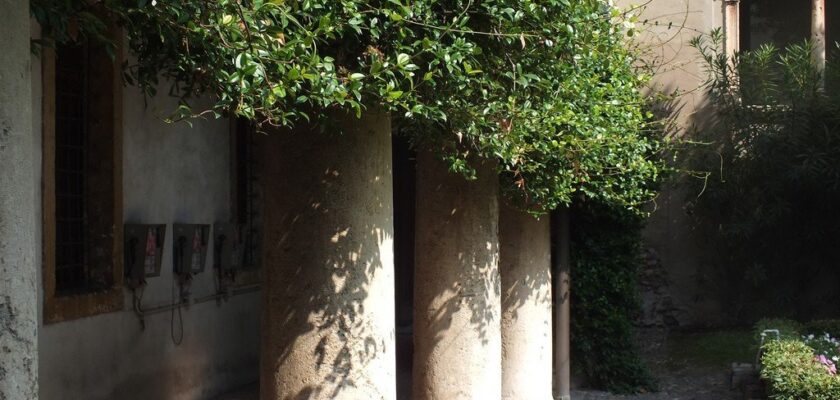Tomba di Giulietta
Tomb of Juliet is a popular tourist attraction in the Italian city of Verona, associated with the protagonist of the famous tragedy Romeo and Juliet. Although the young girl and her lover were only a figment of William Shakespeare’s imagination, their story has so touched the hearts of people around the world that a huge number of travelers come to see Juliet’s resting place.
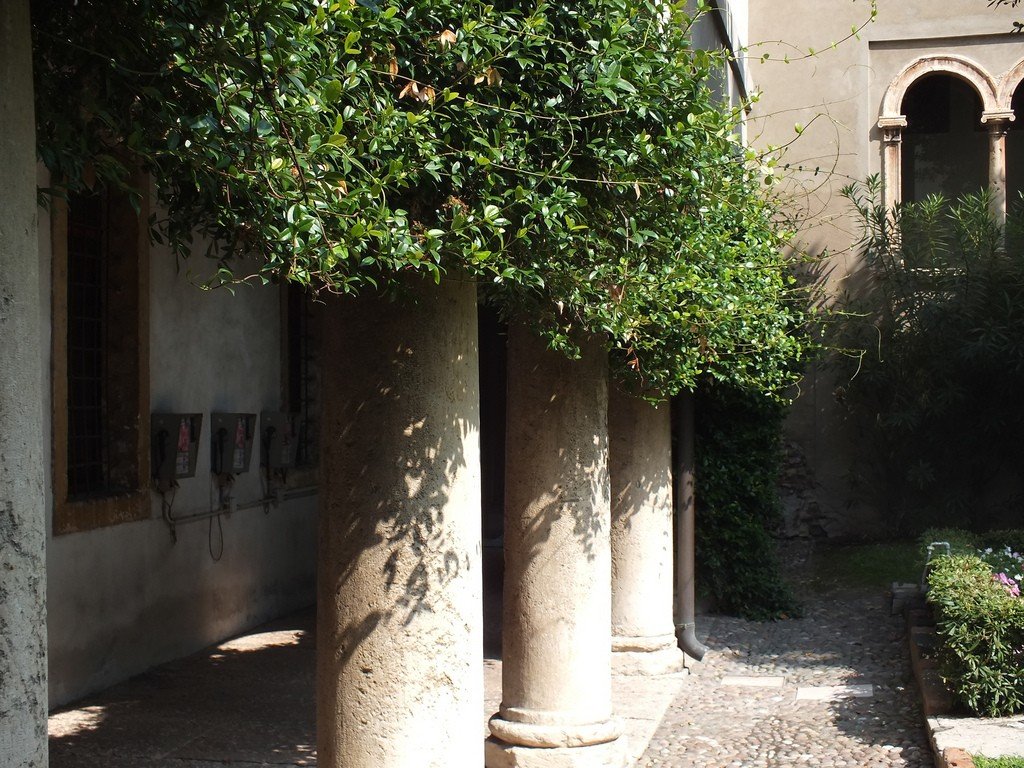
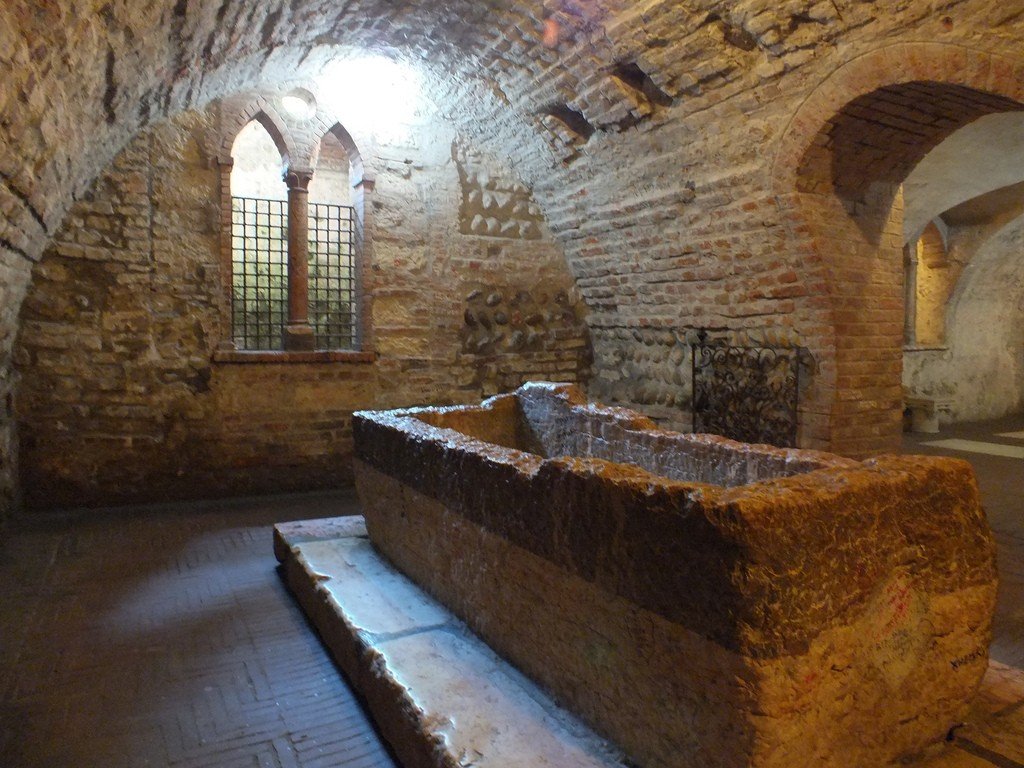
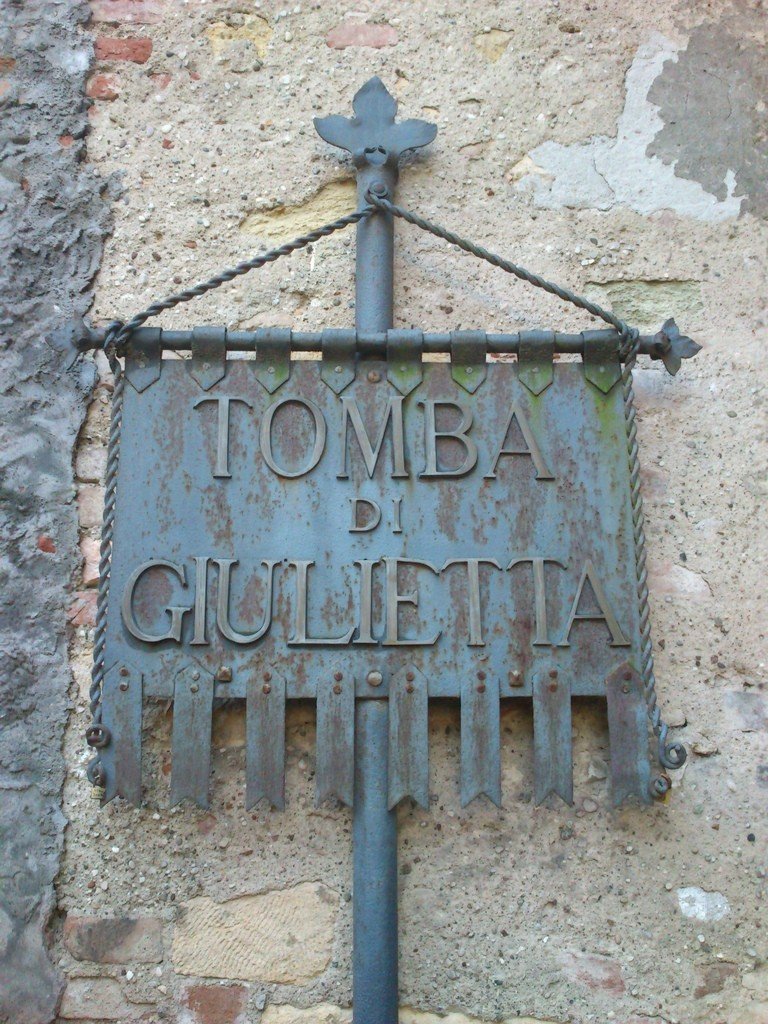
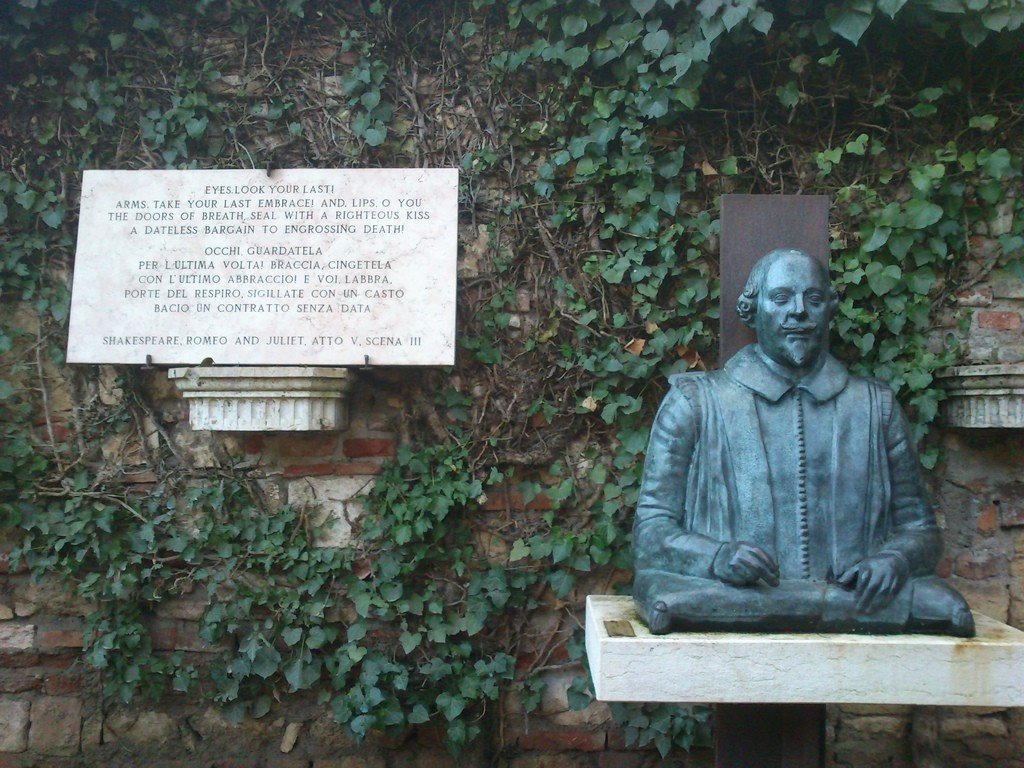
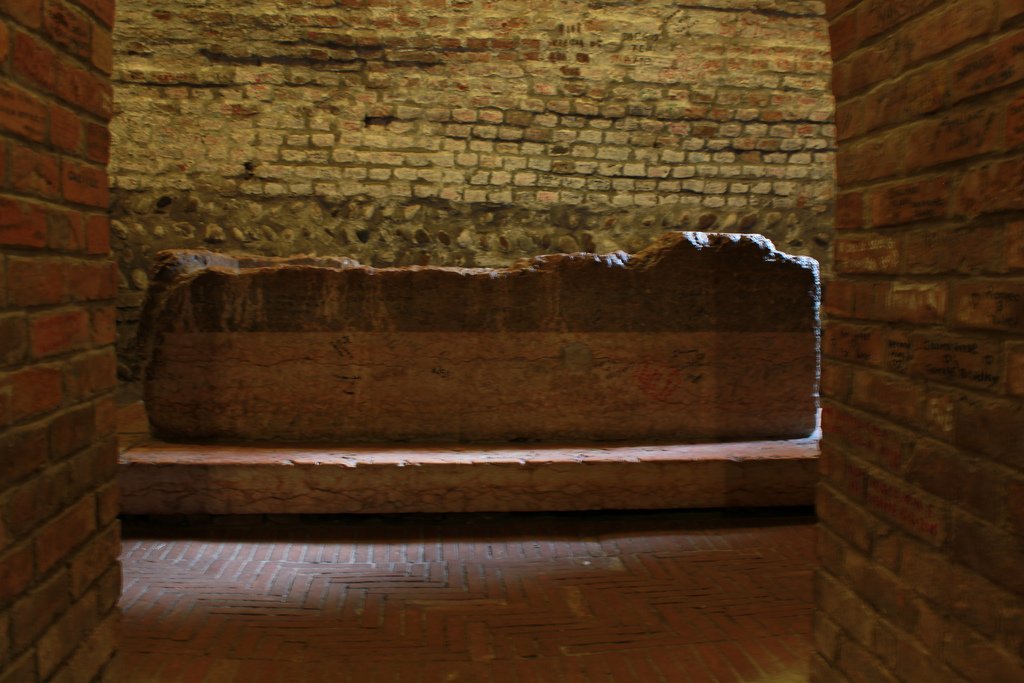
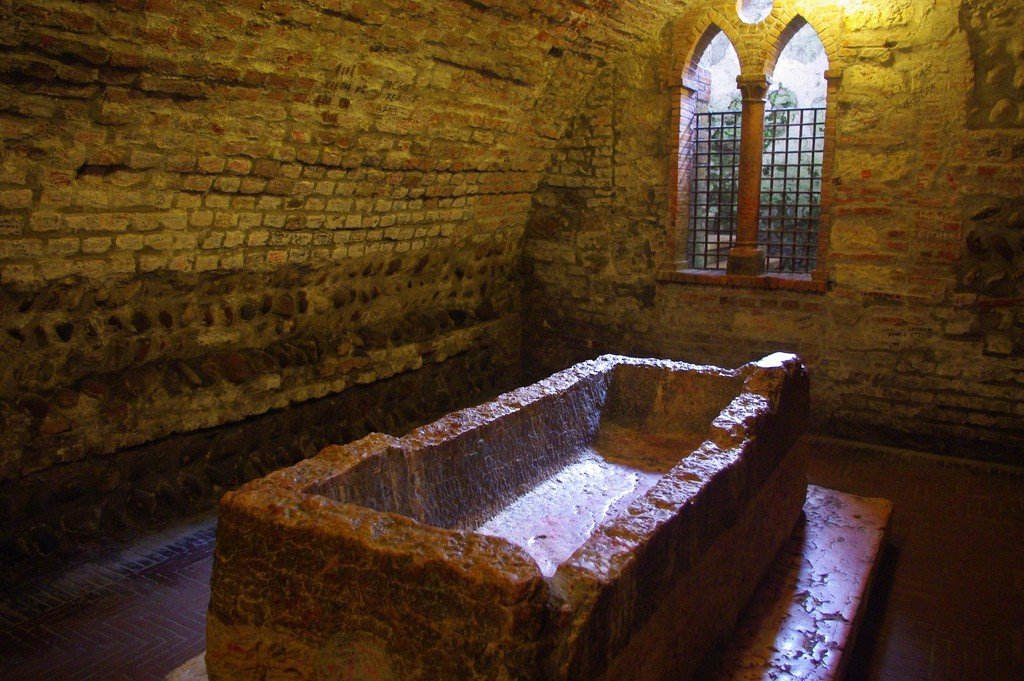
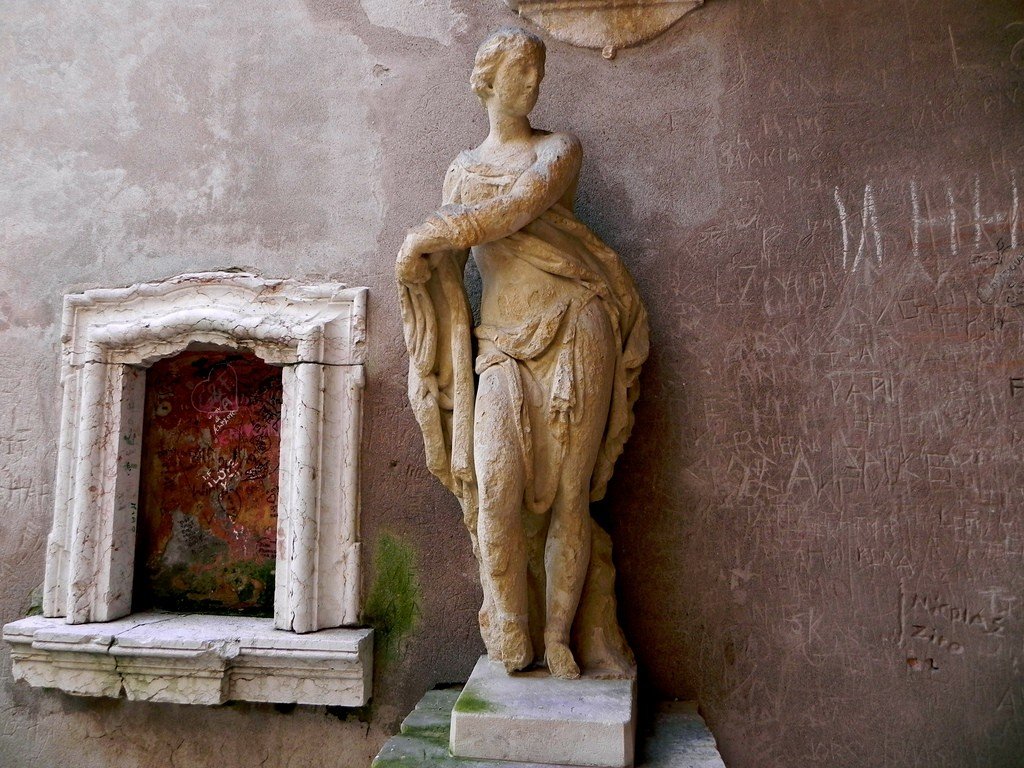
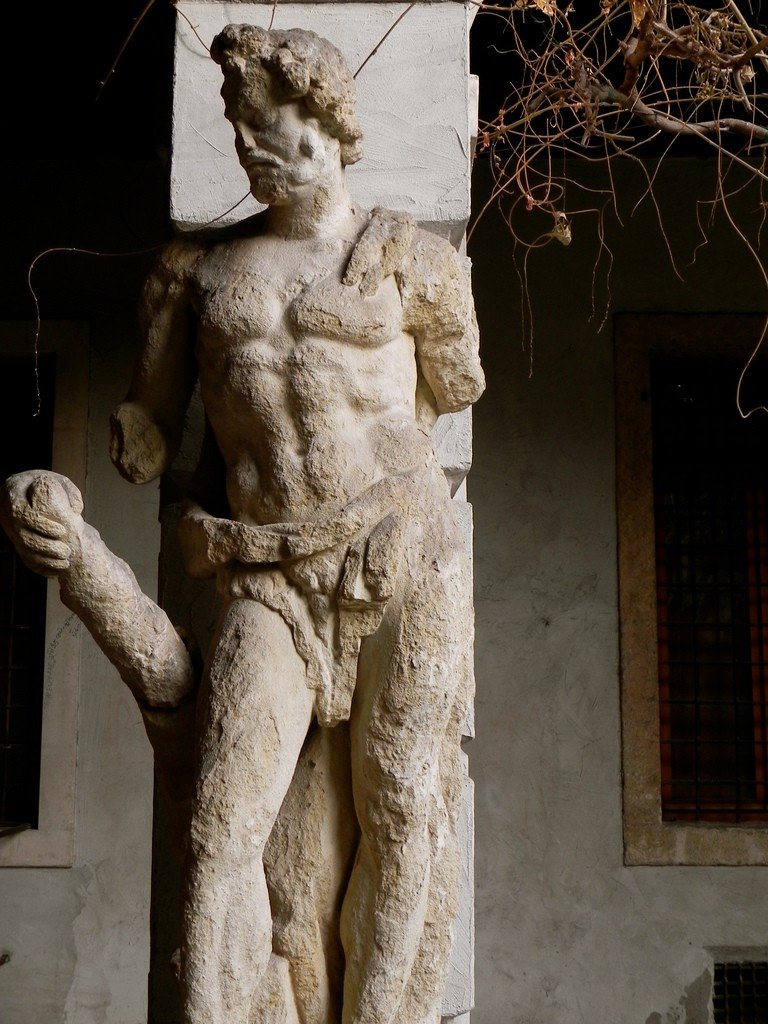
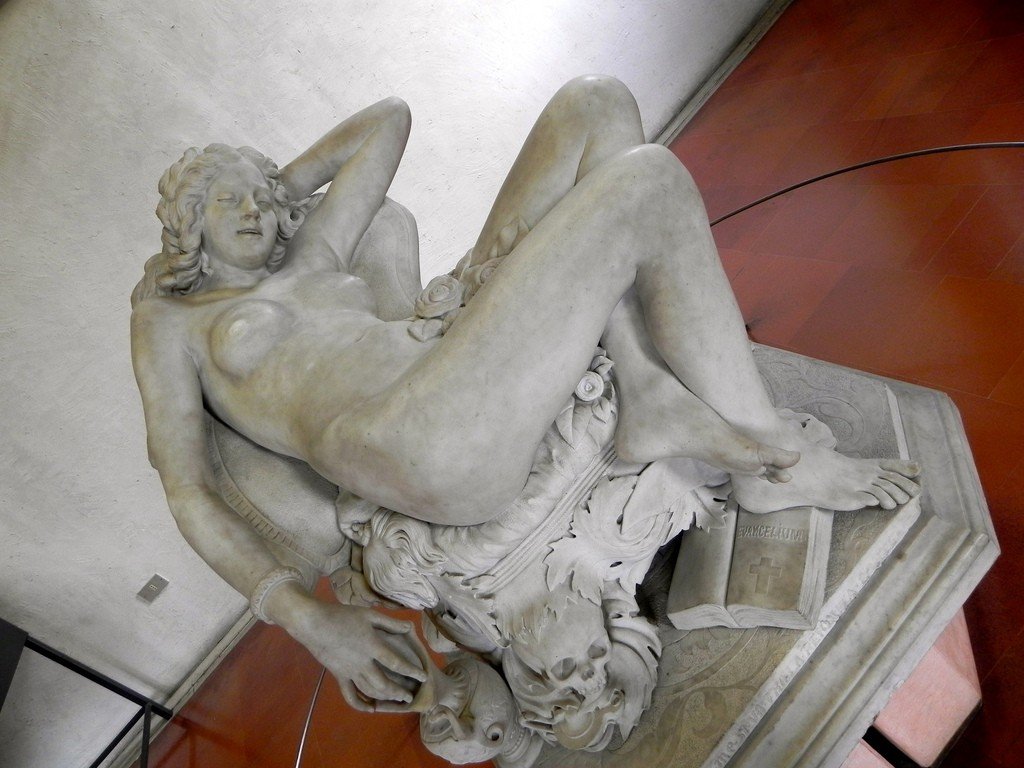
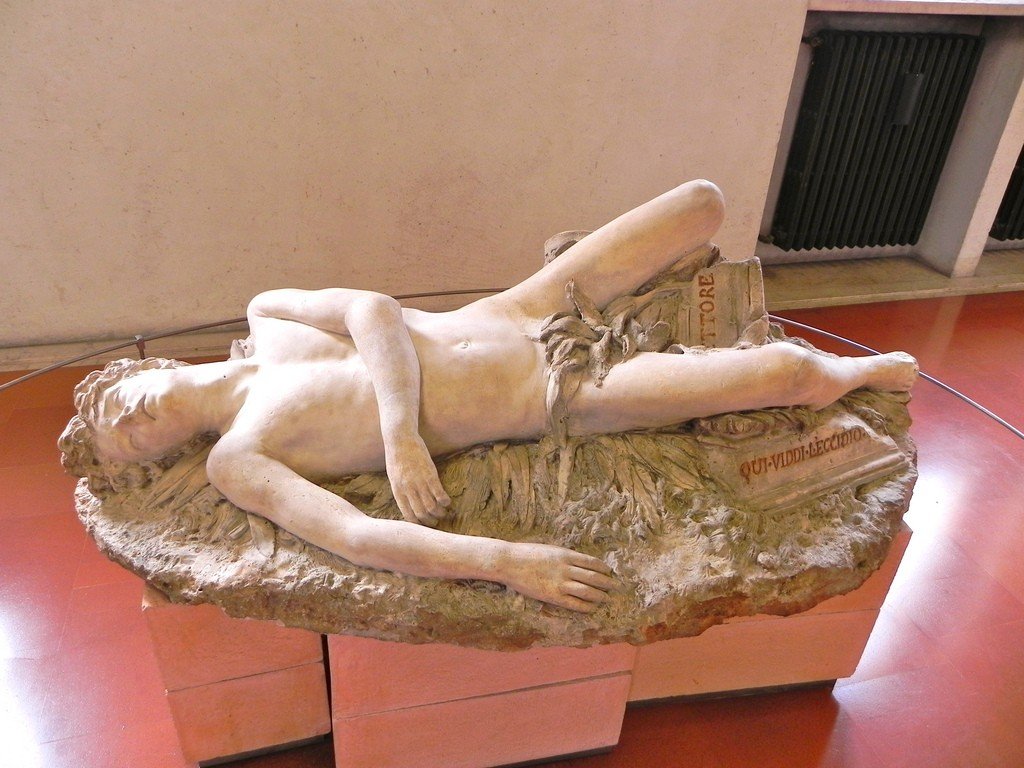
Video: Juliet’s Tomb
General Information
The reddish marble stone tomb is located on the grounds of a Franciscan monastery built in the first half of the 13th century. It has rather irregular edges. The fact is that for several centuries, people coming here have tried to break off pieces of the sarcophagus to then make jewelry from them as a keepsake.
.
In 1936, after the release of the American movie “Romeo and Juliet”, the tomb was moved to the crypt of the ancient temple. In the 1970s, a museum of frescoes from the X-XVI centuries was opened there, and the tomb became one of its exhibits.
>
In the nearby Sala Gwarienti, newlyweds can register their marriage. The official marriage ceremony next to Juliet’s tomb is popular with Italians and citizens of foreign countries.
.
History of the ancient tomb
Mention of the ancient sarcophagus appeared about 70 years before Shakespeare composed the immortal tragedy. The first to speak of Juliet’s tomb was the Italian writer Luigi da Porto. In 1524, he published a novella where he described the ancient crypt near the temple where the young Juliet lay.
.
After that, the stone sarcophagus became a place of pilgrimage, and to get rid of the large flow of people, the priests of Verona turned the sarcophagus into a container where they began to store water. In 1807, when Madame de Stael’s novel about Italy was published, interest in the ancient tomb was revived. In the mid-nineteenth century, Charles Dickens wrote “Essays on Italy”, where he recounted his visit to Juliet’s burial place.
.
At first the sarcophagus stood on the outside of the monastery walls, but in 1868 it was moved inside the ancient temple. At the end of the 19th century, several ancient statues and columns were placed in the small monastery garden, and since 1910 a bust of Shakespeare has stood next to them.
.
Tourists
The grounds of the monastery are open to tourists on Mondays from 13.30 to 19.30, and from Tuesday to Sunday from 8.30 to 19.30. The ticket costs €4.5, with €3 for students and pensioners.
.How to get there
Juliet’s tomb is located at Via Luigi da Porto, 35, in the grounds of the cloister of San Francesco. It can be reached by bus number 72. In the convent itself it is not difficult to find the tomb, just follow the signs “Tomba di Giulietta”.
.
